
Above: Gordon in the water, Seacoal Beach, Lynemouth,1983 © Chris Killip Photography Trust/Magnum Photos
Chris Killip is one of Britain’s most essential and influential post-war documentary photographers. He photographed those affected by economic shifts throughout the 1970s and 80s in the North of England. Whilst marking a moment of deindustrialisation, Killip’s stark yet tender observation of peoples’ lives in these communities, people who, in his words, ‘had history done to them’.
From early work made in his native Isle of Man through overlapping series’ made over two decades in the North of England, against a background in shipbuilding and coal mining, he witnessed the togetherness of communities and the industries that sustained them and stayed long enough to see their decline and demise.
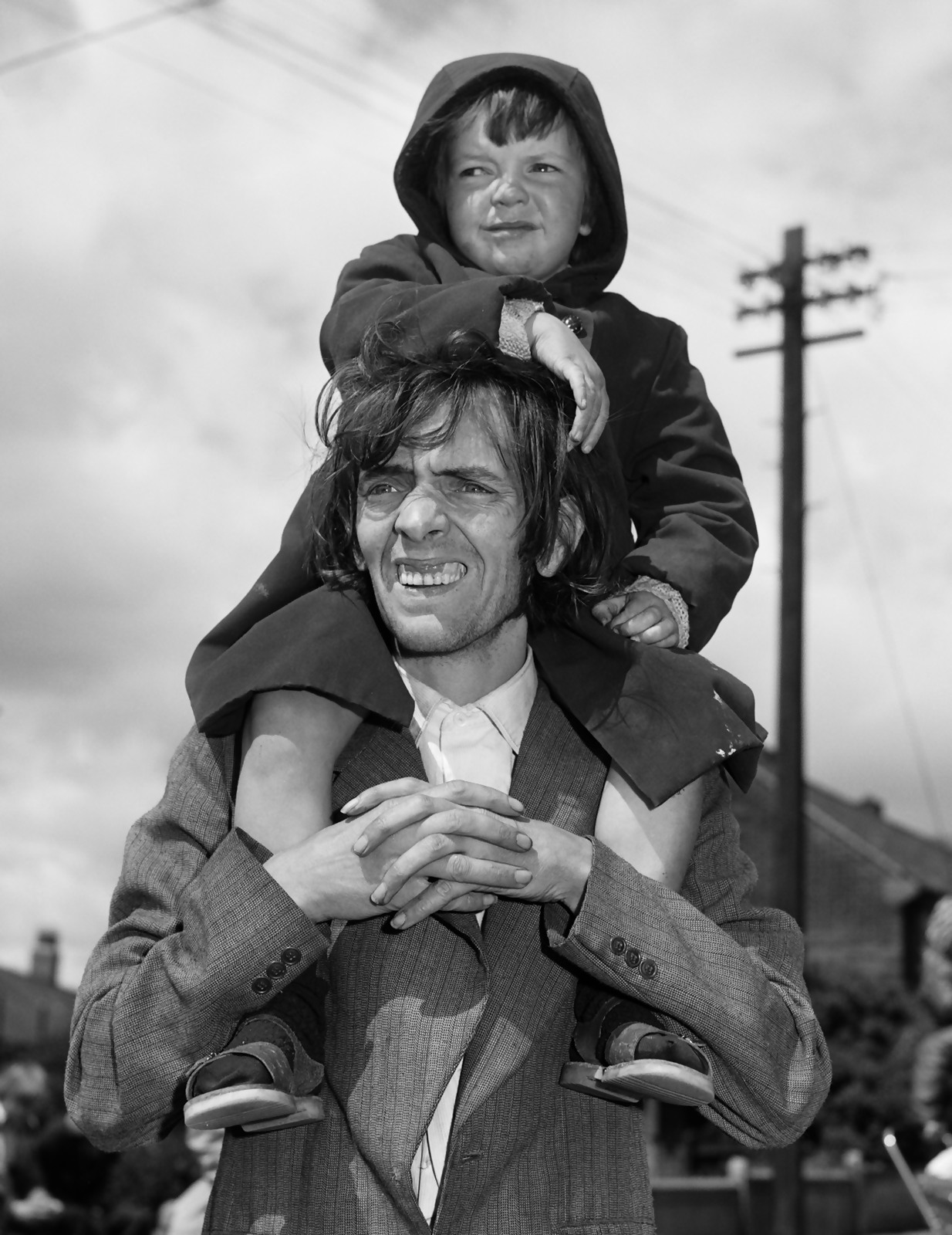
Father and son watching a parade, West-end of Newcastle, Tyneside, 1980 © Chris Killip Photography Trust/Magnum Photos
At Lynemouth, for his series ‘Seacoal’, he photographed men on horse-driven carts reclaiming coal discarded into the sea by a nearby mine. At Skinningrove, he documented a group of young men, their friendships and labours as they waited for the tide to turn.
Born in Douglas, Isle of Man, in 1946, Chris Killip left school at age sixteen and joined the only four-star hotel on the Isle of Man as a trainee hotel manager. In 1964 he decided to pursue photography full-time and worked as a freelance assistant for various photographers in London.
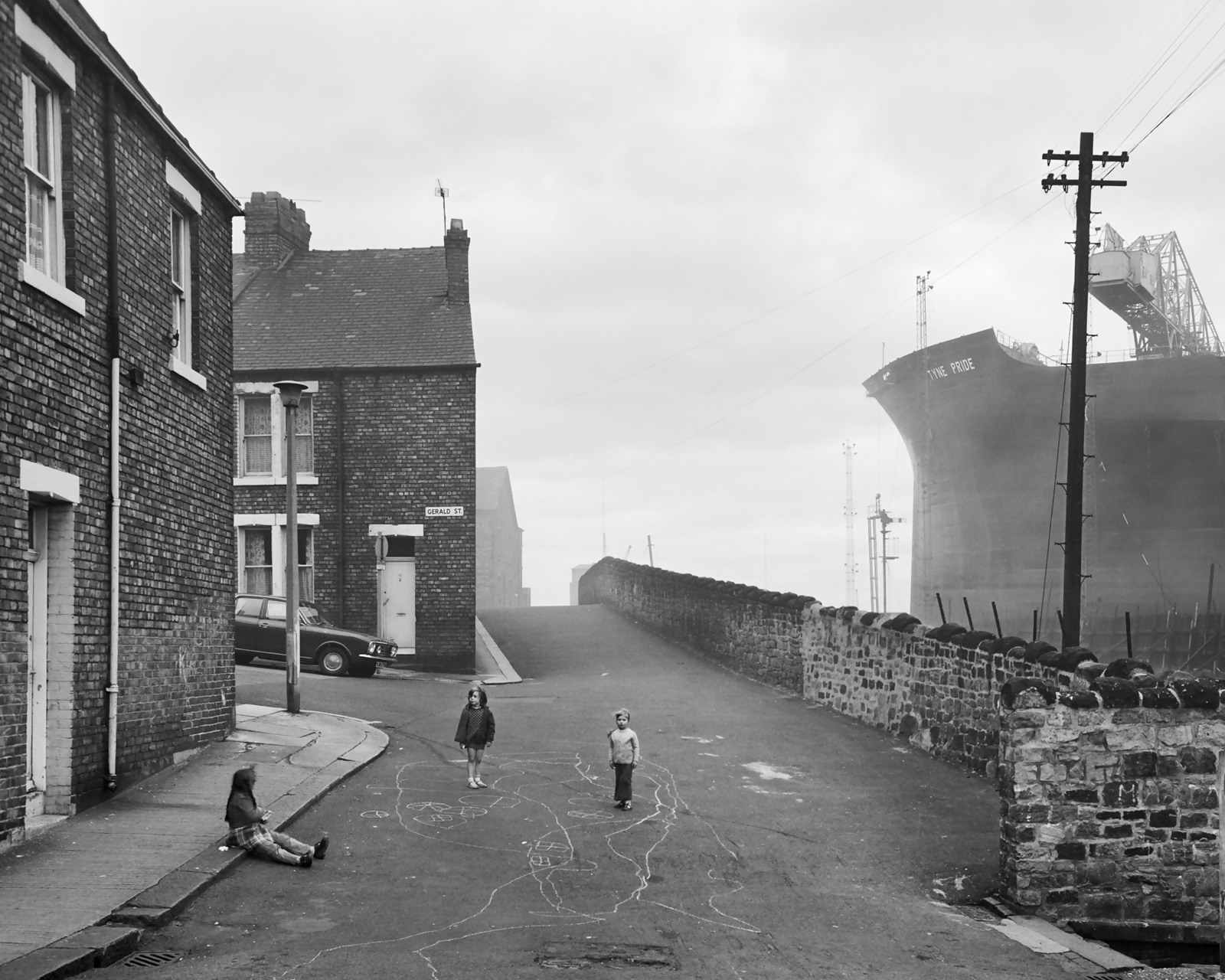
Girls Playing in the street, Wallsend, Tyneside,1976 © Chris Killip Photography Trust/Magnum Photos

Youth on wall, Jarrow, Tyneside, 1975 © Chris Killip Photography Trust/Magnum Photos

The Station, Gateshead, 1985 © Chris Killip Photography Trust/Magnum Photos
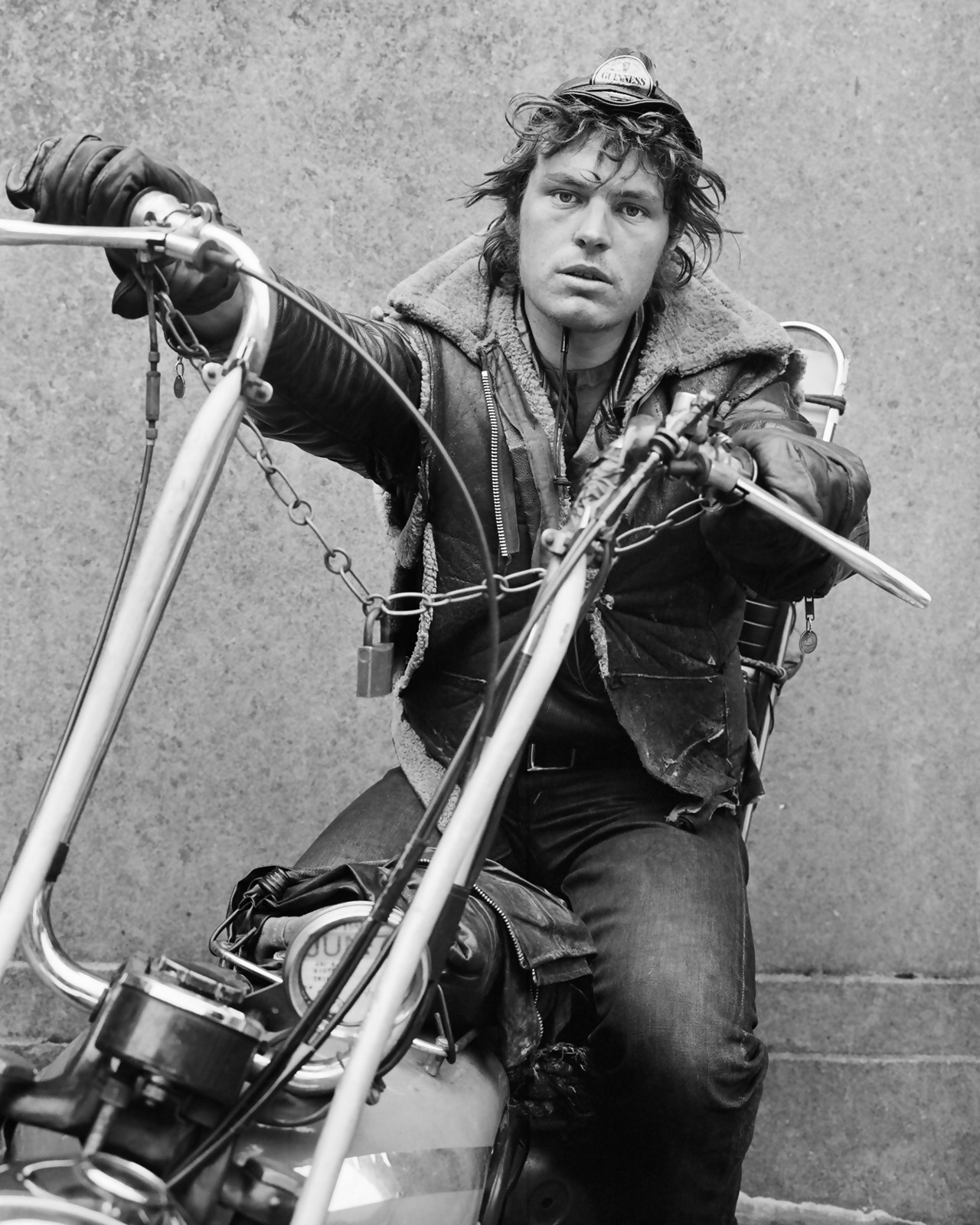
TT Races Supporter, Isle of Man, 1971 © Chris Killip Photography Trust/Magnum Photos
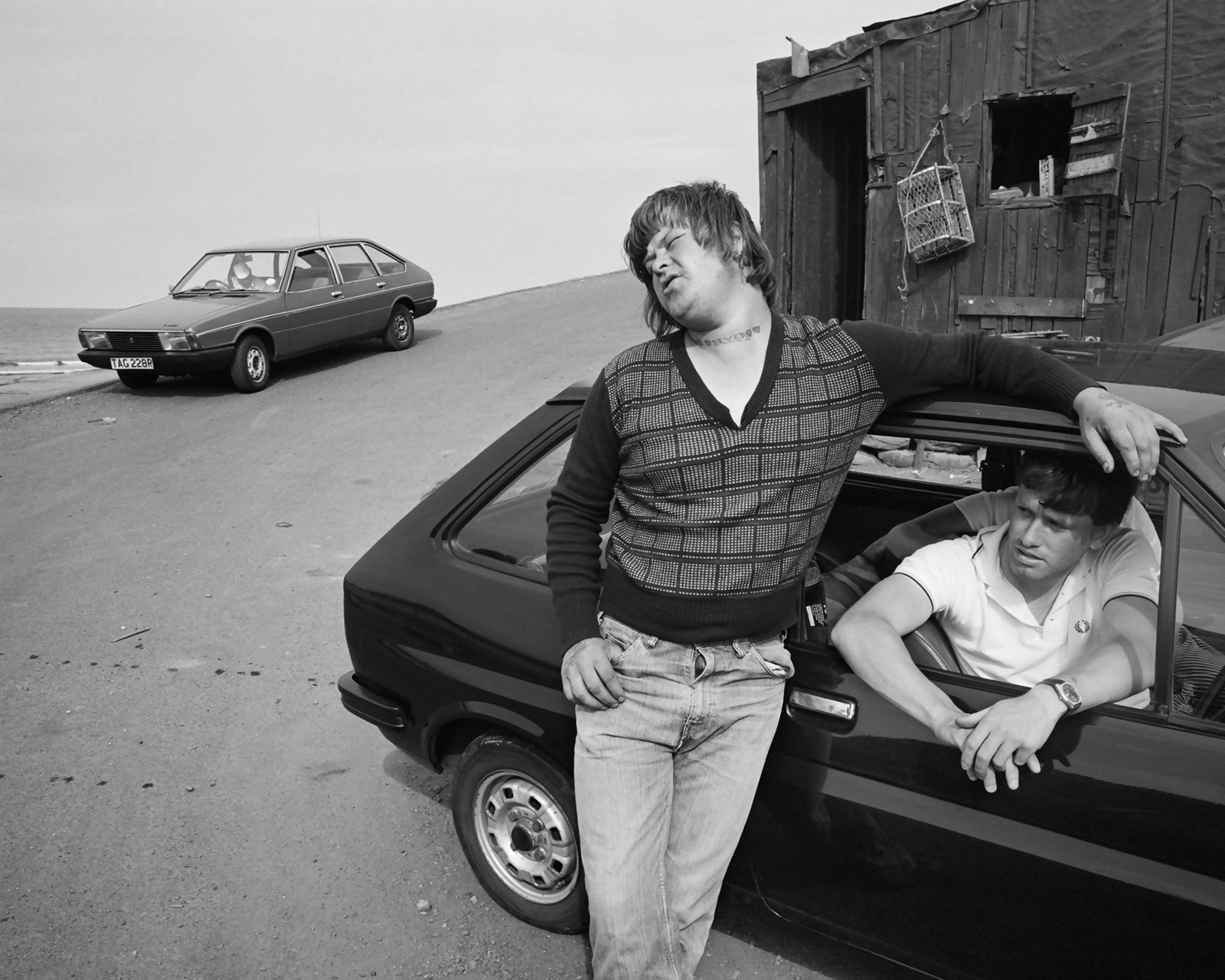
Bever, Skinningrove, N. Yorkshire, 1983 © Chris Killip Photography Trust/Magnum Photos
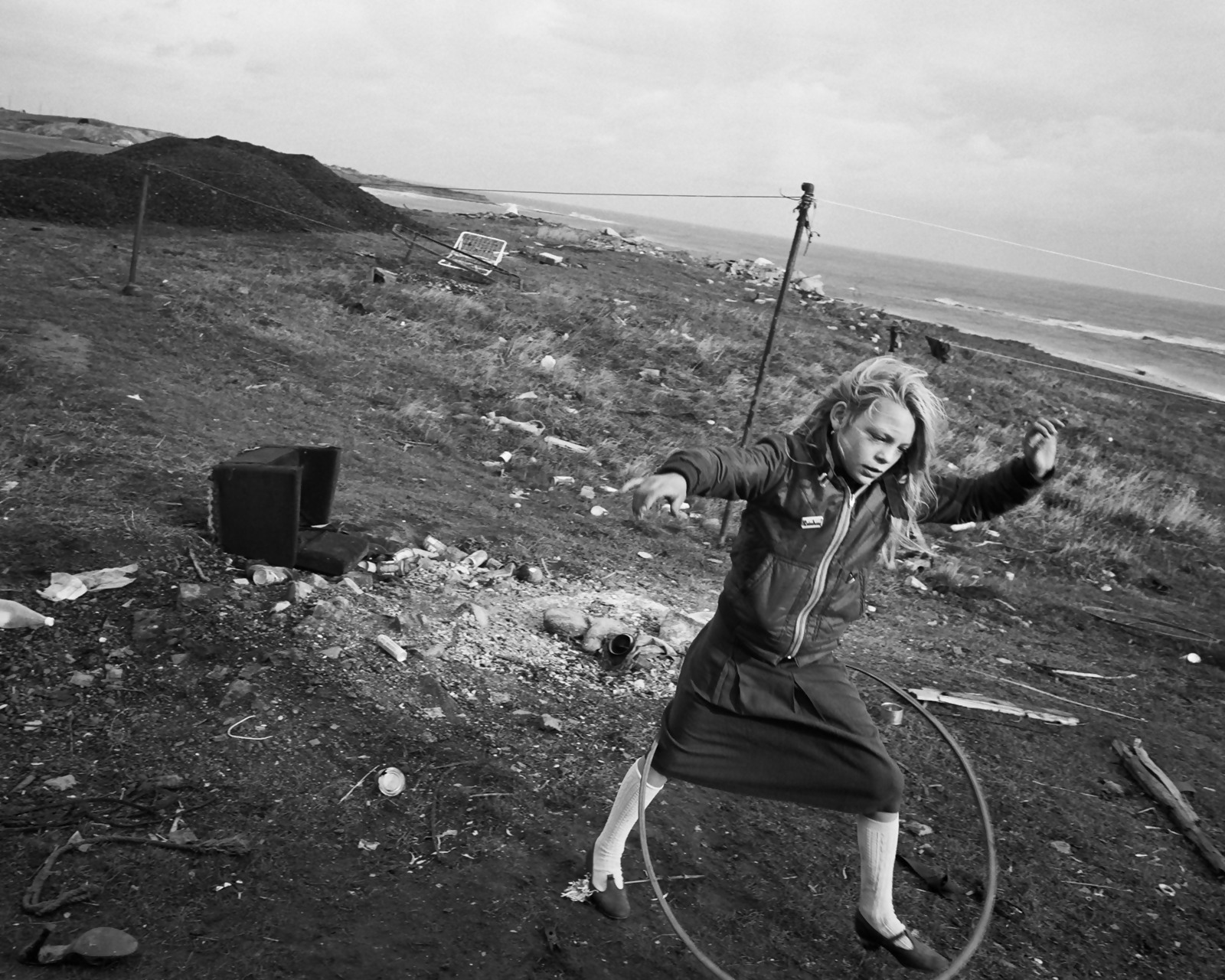
Helen and her Hula-hoop, Seacoal Camp, Lynemouth, Northumbria, 1984 © Chris Killip Photography Trust/Magnum Photos
In 1969, after seeing his first exhibition of photography at the Museum of Modern Art in New York, he decided to return to photograph the Isle of Man. In 1972 he received a commission from The Arts Council of Great Britain to photograph Huddersfield and Bury St Edmunds for the exhibition ‘Two Views — Two Cities’.
In 1975, he moved to live in Newcastle-upon-Tyne on a two-year fellowship as the Northern Arts Photography Fellow. He was a founding member of Side Gallery, Newcastle-upon-Tyne, and its director. In 1989 he received the Henri Cartier Bresson Award and was invited to be a Visiting Lecturer at Harvard University. In 1994 he was made a tenured professor and was a department chair from 1994-98. He retired from Harvard in December 2017 and died in 2020.
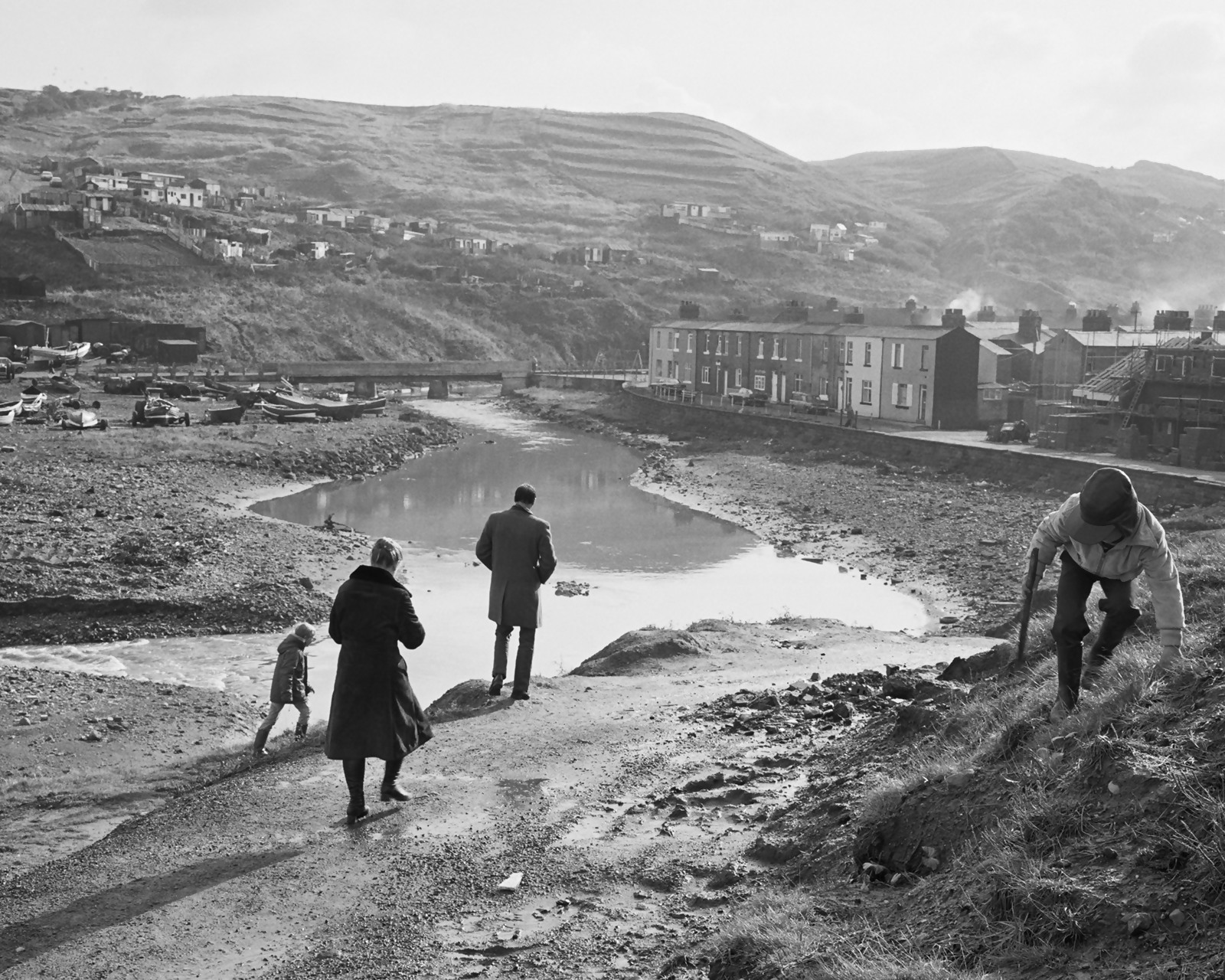
Family on a Sunday walk, Skinningrove, 1982 © Chris Killip Photography Trust/Magnum Photos
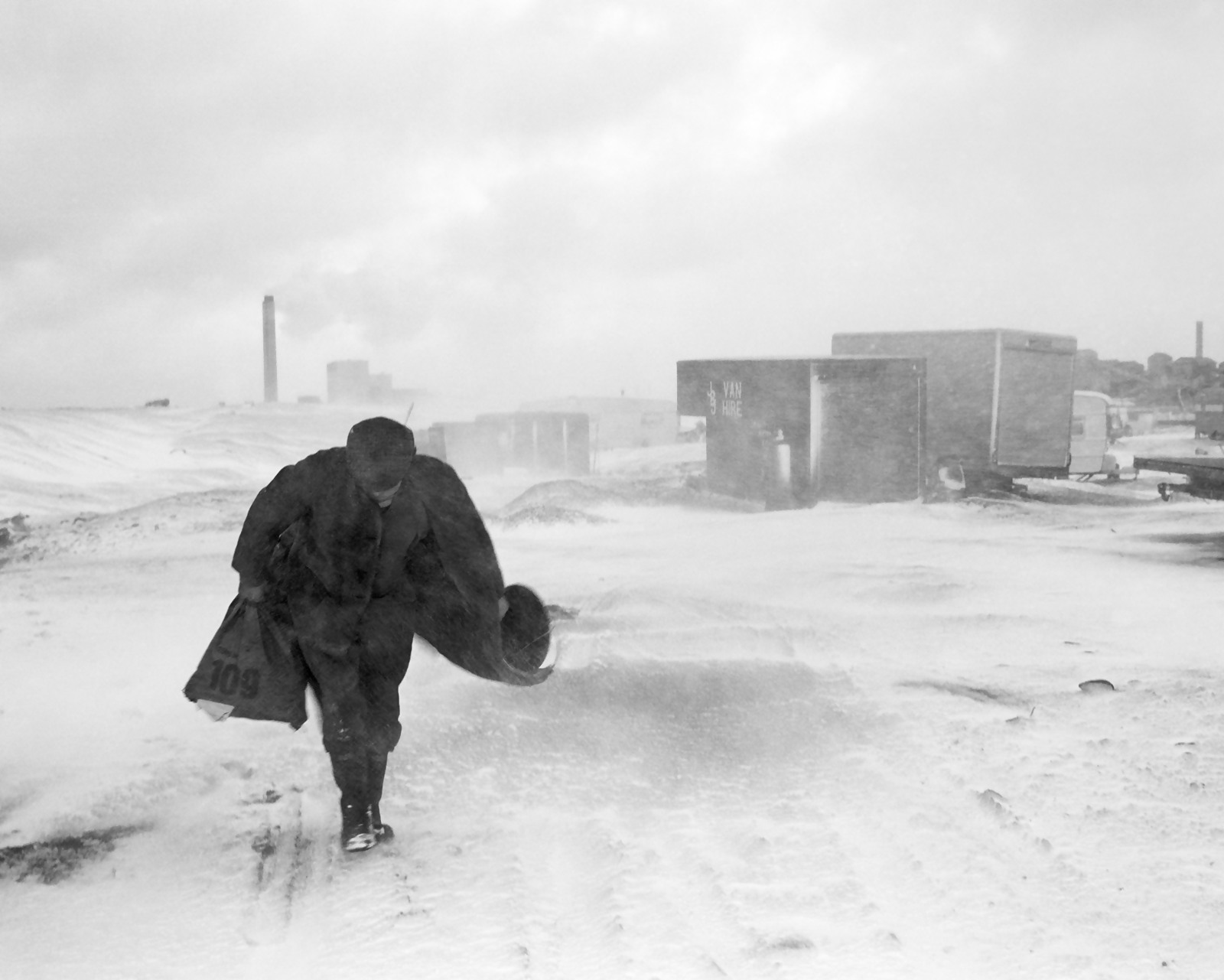
Cookie in the snow, Seacoal Camp, Lynemouth, Northumbria, 1984 © Chris Killip Photography Trust/Magnum Photos
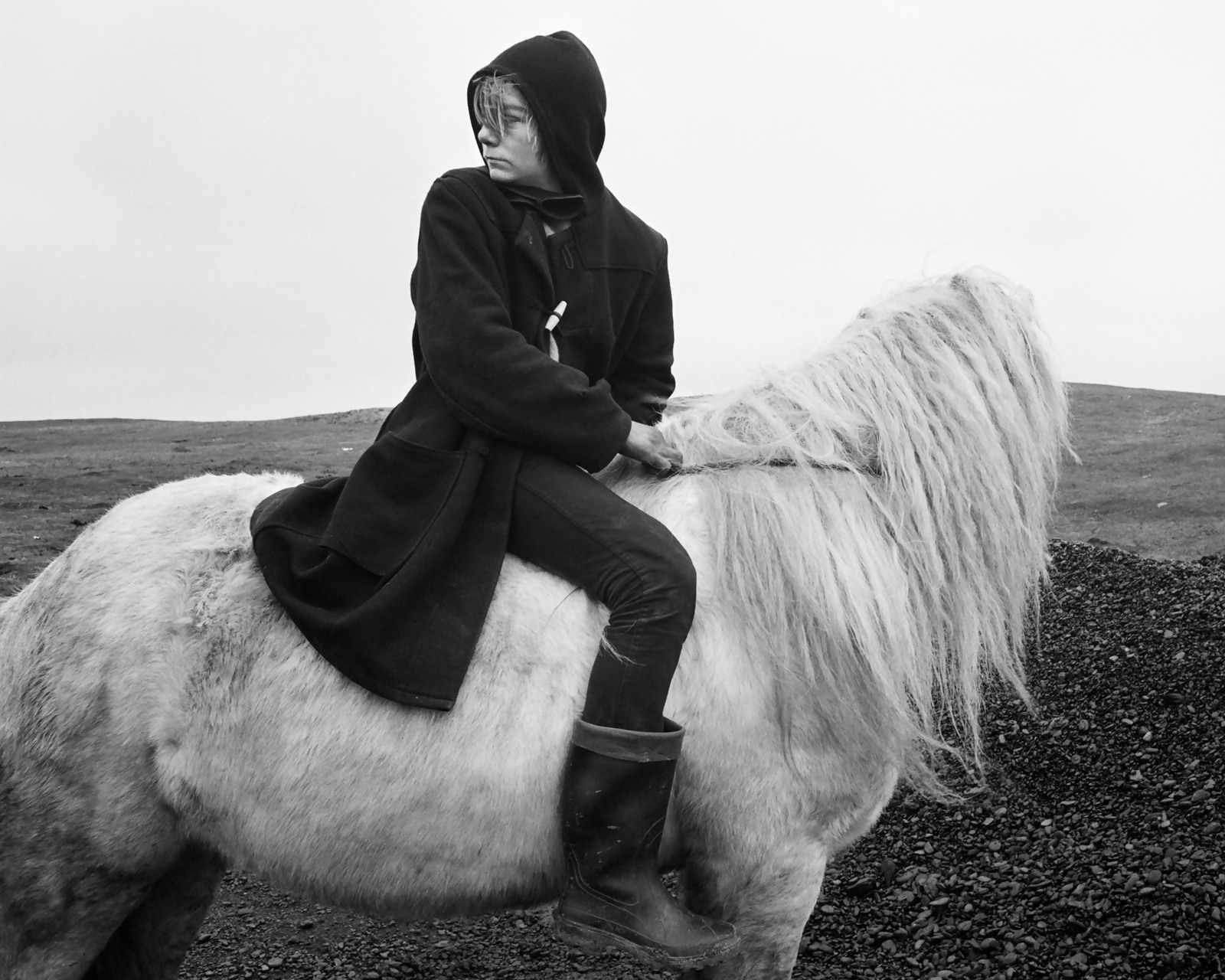
‘Boo’ on a horse, Seacoal Camp, Lynemouth, Northumbria, 1984 © Chris Killip Photography Trust/Magnum Photos
The Photographers’ Gallery exhibition in London, curated by Tracy Marshall-Grant and Ken Grant, draws on less familiar work. Killip’s documentation of the miners’ strike of 1984-5 and with shipbuilding remains lesser known. Still, pivotal pieces that betrayed a changing economy and the photographer’s concerns moved to witness them.
In dialogue with the prints made by the photographer towards the end of his life, the exhibition also considers Killip’s photo books, drawing on early maquettes to map the development of books acknowledged as landmarks in the genre and offer new perspectives on the photographer’s storytelling.


